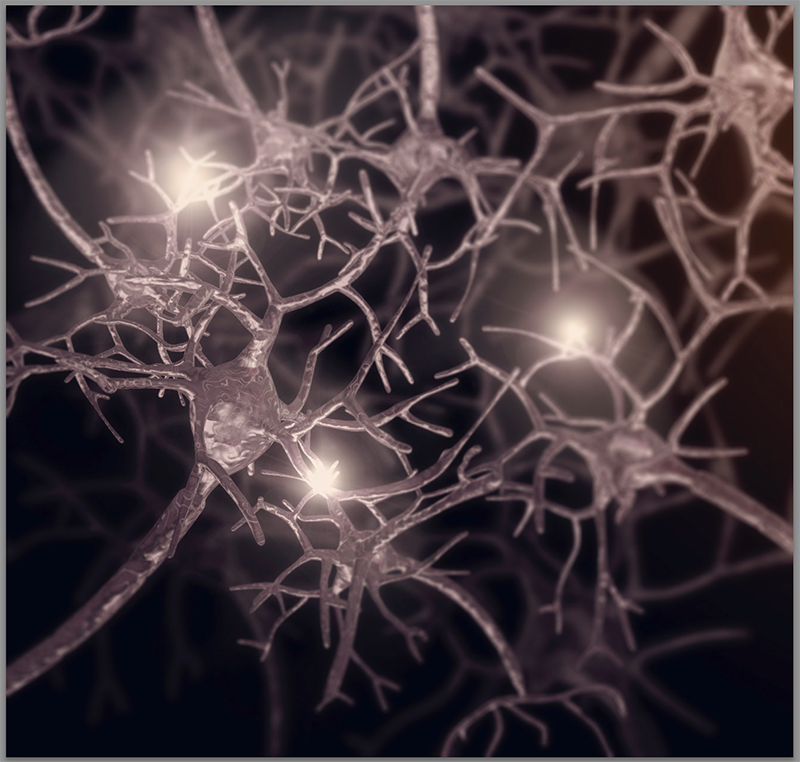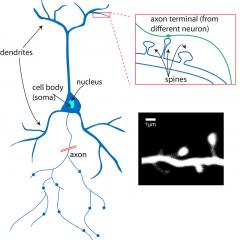What is synaptic plasticity?

Plasticity is the ability of the brain to change and adapt to new information. Synaptic plasticity is change that occurs at synapses, the junctions between neurons that allow them to communicate.
The idea that synapses could change, and that this change depended on how active or inactive they were, was first proposed in the 1949 by Canadian psychologist Donald Hebb. Because of synaptic plasticity’s probable contribution to memory storage, it has since become one of the most intensively researched topics in all of neuroscience.
What is the function of synaptic plasticity?
Synaptic plasticity controls how effectively two neurons communicate with each other. The strength of communication between two synapses can be likened to the volume of a conversation. When neurons talk, they do so at different volumes – some neurons whisper to each other while others shout. The volume setting of the synapse, or the synaptic strength, is not static, but rather can change in both the short term and long term. Synaptic plasticity refers to these changes in synaptic strength.
Neuroscientists also talk about short-term and long-term plasticity. Short-term synaptic plasticity refers to changes in synaptic strength that occur on a sub-second timescale: a rapid up or down adjustment of the volume control that helps determine how important that connection is to the ongoing conversation, but which reverts to “normal” soon afterwards. Long-term synaptic plasticity lasts anywhere from minutes to hours, days, or years. Long-term plasticity is the dominant model for how the brain stores information—in other words, for how we create and remember new memories.

